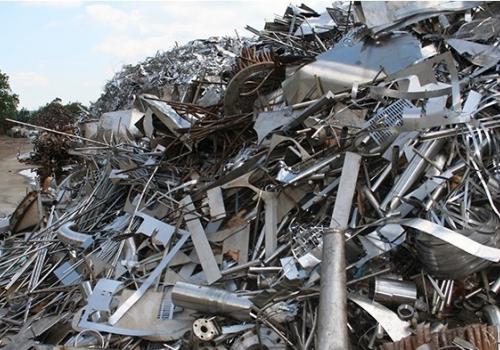Japan's ferrous scrap exports in October rose from September to the highest level this year, led by volumes to Vietnam. Exports to all main destinations except Malaysia edged up higher in October. Cargoes cleared by customs in October were mainly booked from late August to September. Scrap demand in Vietnam has been supported by firm steel exports amid tight supplies in global ferrous markets. South Korean domestic scrap prices started to fall from early September but were still higher than import prices. Many steel mills with low inventories purchased imports in September to build stocks. South Korea was the only major market that fell compared with a year earlier. Some mills cut production with stagnant domestic steel sales. Bangladesh showed the fastest growth on a percentage basis. Rising steel-producing capacity in the country has been the main driver of its raw material import growth. The rapid spread of Covid-19 in south Asia has not stopped its mills from stepping into the market to buy scrap in the second half of the year as they responded to recovering steel demand.
Japanese domestic scrap demand also rose in October with the rebound in auto manufacturing, driving higher crude steel output. Japan's crude steel output in October rose by 11.5pc from September. The au Jibun Bank Japan manufacturing purchasing managers' index in November also rose to 49 from 48.7 in October. Japanese scrap exports are expected to slow in the coming months, especially in December, given the rapid increases in domestic scrap prices. Steel mills raised domestic collection prices nine times in November. The Tahara plant H2 price rose by ¥5,000/t ($47.80/t) over the period. Japanese domestic scrap prices are higher than workable levels in many overseas markets. This prompted Japanese suppliers to focus on the domestic market to maximise profits with limited supplies.
